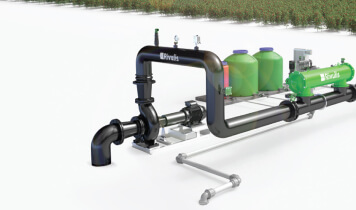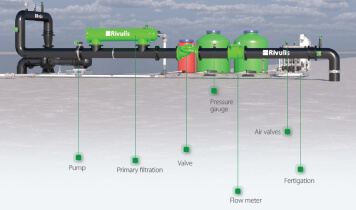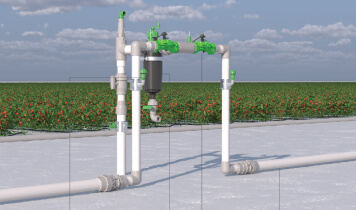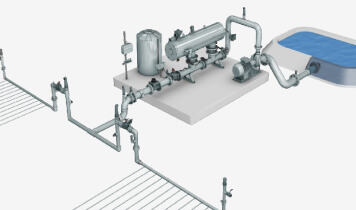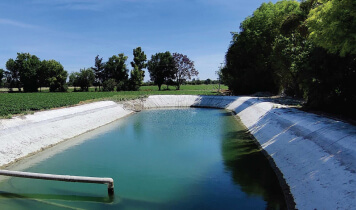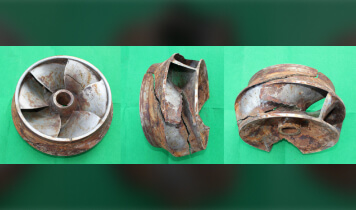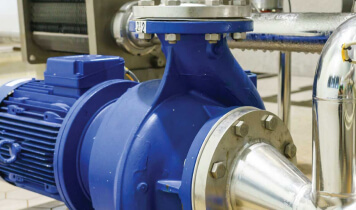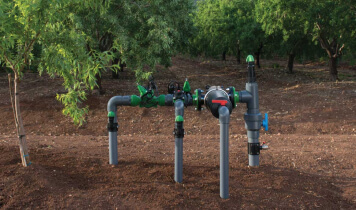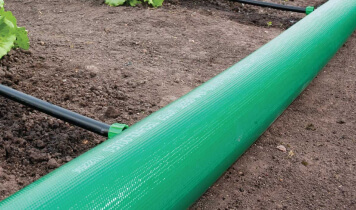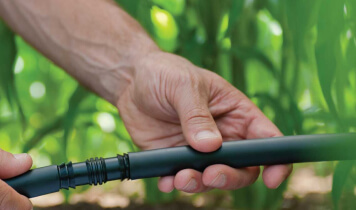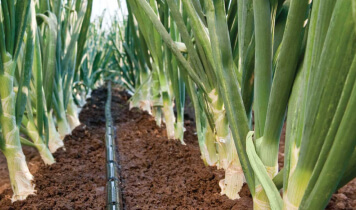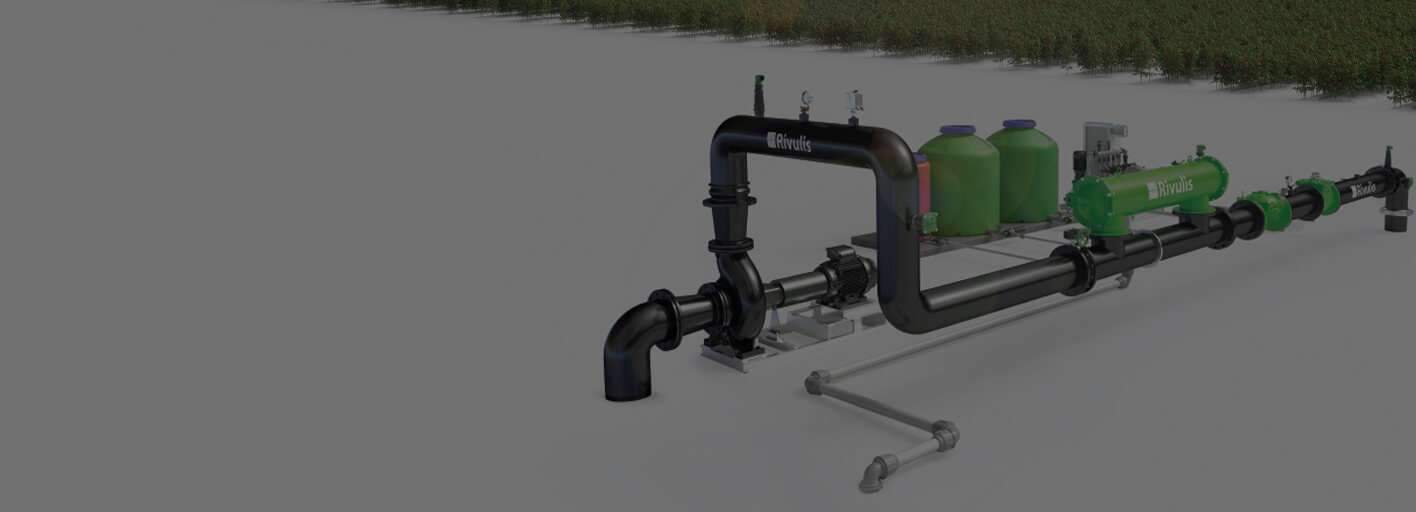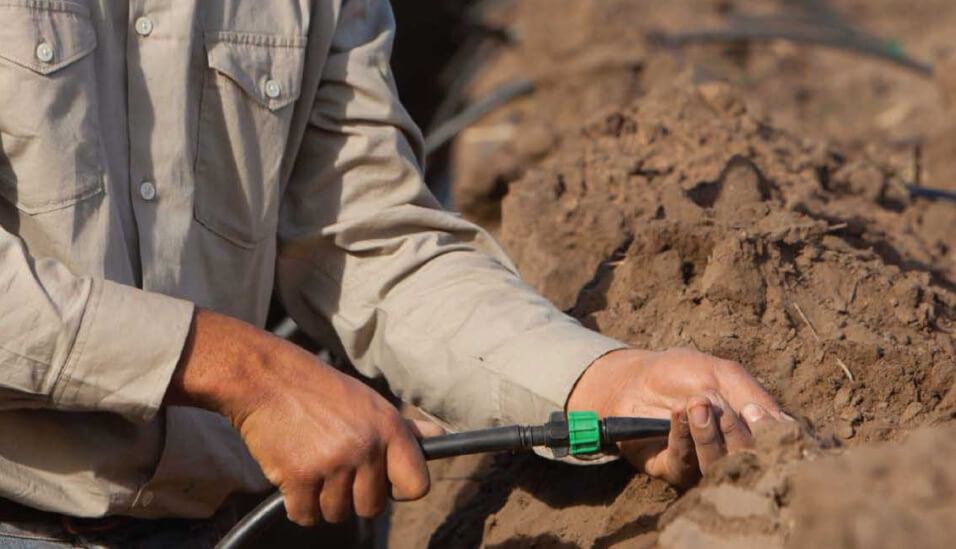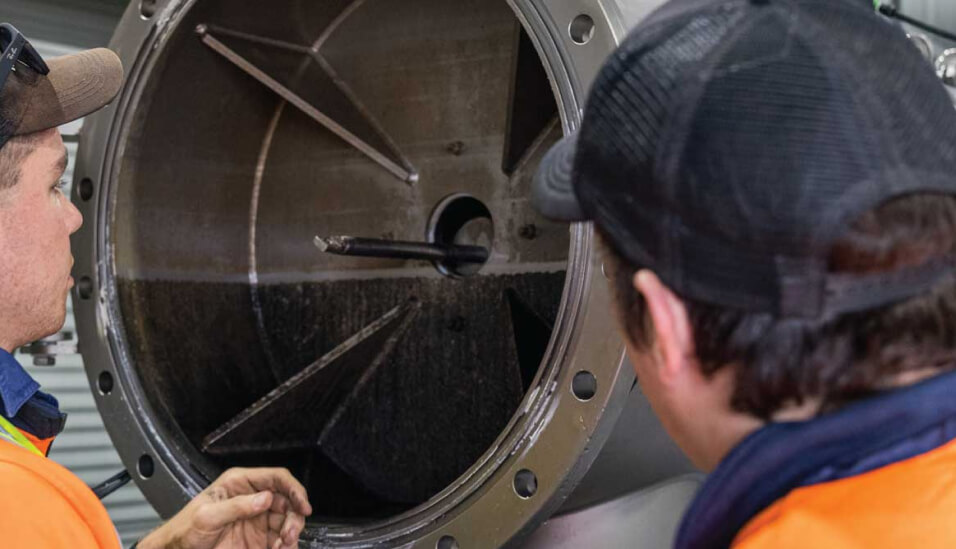Wall thickness
The thickness of the plastic of the tube itself. For Rivulis, this is expressed generally as mil (thousandths of an inch), even in metric markets. Some manufacturers express the thickness in mm. Therefore, below is a helpful mil–mm table for nominal diameters.
The type of dripper that can be used – some drippers require a minimum wall thickness. For example, the Rivulis D5000 PC dripper requires 13 mil wall thickness as a minimum, whereas the Rivulis D1000 dripper can be manufactured in 5 mil wall thickness tube.
The maximum pressure – combined with diameter, wall thickness is the major determinant of the maximum pressure that can be operated in the tube.
Resistance to damage – quite simply, heavy wall thickness will provide greater protection against damage. The table below provides a summary of thicknesses and recommended use

| Thickness (mil) | Recommended use |
|---|---|
| 4-6 | Well-cultivated soils where chewing insects are minimal. Almost always for single season only. Often used for sweet potatoes, onions, and lettuce. |
| 8 | Provides additional strength, making this one of our most popular tapes for strawberries, melons, and vegetable crops |
| 10 | A good solution if you have heavy soil and insect problems. Often used for beans, corn, melons, and vegetable crops. |
| 12 | If you are looking to re-use your tape or grow for multiple seasons, then 12 mil tape is a minimum requirement. You will also find 12 mil in sugarcane, cotton, and other subsurface applications, although thicker is more common. |
| 15 | A very good thickness for deep subsurface applications for row-crops. |
| 18-30 | If you are using your drip tape/drip line for multiple seasons, with retrieval and reinstallation, 18–30 mil provides the strength required for many of these applications. |
| 30-45 | For installation into the permanent application installations. This is the most common thickness for orchards and vineyards. |
| Thickness (mil) | Recommended use |
|---|---|
| 4-6 | Well-cultivated soils where chewing insects are minimal. Almost always for single season only. Often used for sweet potatoes, onions, and lettuce. |
| 8 | Provides additional strength, making this one of our most popular tapes for strawberries, melons, and vegetable crops |
| 10 | A good solution if you have heavy soil and insect problems. Often used for beans, corn, melons, and vegetable crops. |
| 12 | If you are looking to re-use your tape or grow for multiple seasons, then 12 mil tape is a minimum requirement. You will also find 12 mil in sugarcane, cotton, and other subsurface applications, although thicker is more common. |
| 15 | A very good thickness for deep subsurface applications for row-crops. |
| 18-30 | If you are using your drip tape/drip line for multiple seasons, with retrieval and reinstallation, 18–30 mil provides the strength required for many of these applications. |
| 30-45 | For installation into the permanent application installations. This is the most common thickness for orchards and vineyards. |


